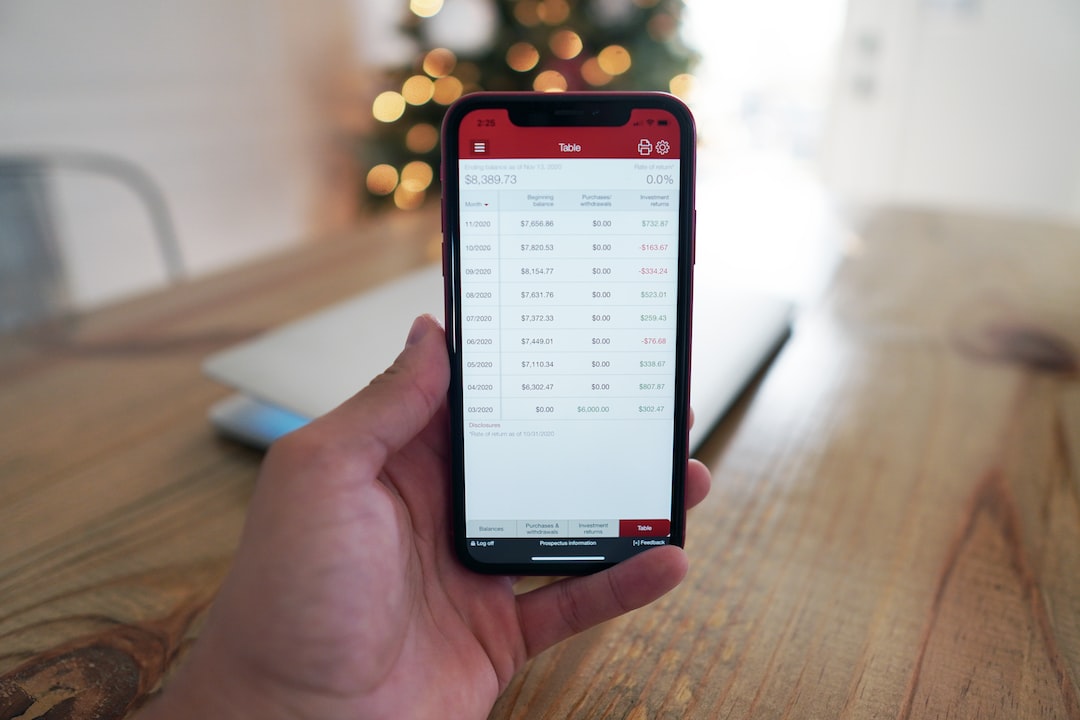Forex market orders are the bread and butter of currency trading. These orders are used to execute trades at the current market price, also known as the spot price. However, it is important to understand that the spot price is not always the price at which a market order will be filled. In fact, it is not uncommon for forex market orders to be filled at a higher price than the spot price. This phenomenon is known as slippage, and it occurs for a variety of reasons.
Slippage occurs when there is a delay between the time a market order is placed and the time it is executed. During this delay, the market price can move, either in the trader’s favor or against it. If the price moves against the trader, the order will be filled at a higher price than the spot price. This can be frustrating for traders, as it can lead to unexpected losses or reduced profits.
One of the main causes of slippage is market volatility. When the market is volatile, prices can fluctuate rapidly, and it can be difficult to execute trades at the desired price. This is especially true during news events, when a sudden influx of information can cause prices to spike or plummet. During these times, forex market orders may be filled at a higher price than the spot price, as there may not be enough liquidity to execute trades at the desired price.
Another cause of slippage is market depth. Market depth refers to the volume of buy and sell orders at different price levels. If there are more buy orders than sell orders at a particular price level, it is known as a bid imbalance. Conversely, if there are more sell orders than buy orders, it is known as an ask imbalance. These imbalances can cause prices to move quickly, especially if there is a sudden influx of orders. If a trader places a market order during an ask imbalance, it may be filled at a higher price than the spot price.
Slippage can also occur due to technical issues. For example, if a trader’s internet connection is slow or unreliable, it may take longer for the order to reach the broker’s server. During this delay, prices can move, and the order may be filled at a higher price than intended. Similarly, if a broker’s trading platform experiences technical issues, orders may not be executed at the desired price.
In some cases, slippage can be beneficial for traders. For example, if a trader places a market order to buy a currency pair at the spot price, but the price suddenly drops due to market volatility, the order may be filled at a lower price than intended. This is known as positive slippage, and it can lead to increased profits. However, positive slippage is relatively rare, and it is more common for traders to experience negative slippage.
In conclusion, forex market orders can be filled at a higher price than the spot price due to a variety of factors, including market volatility, market depth, and technical issues. While slippage can be frustrating for traders, it is a normal part of currency trading, and traders should be prepared to manage the risks associated with it. By understanding the causes of slippage and implementing risk management strategies, traders can minimize the impact of slippage on their trading results.





